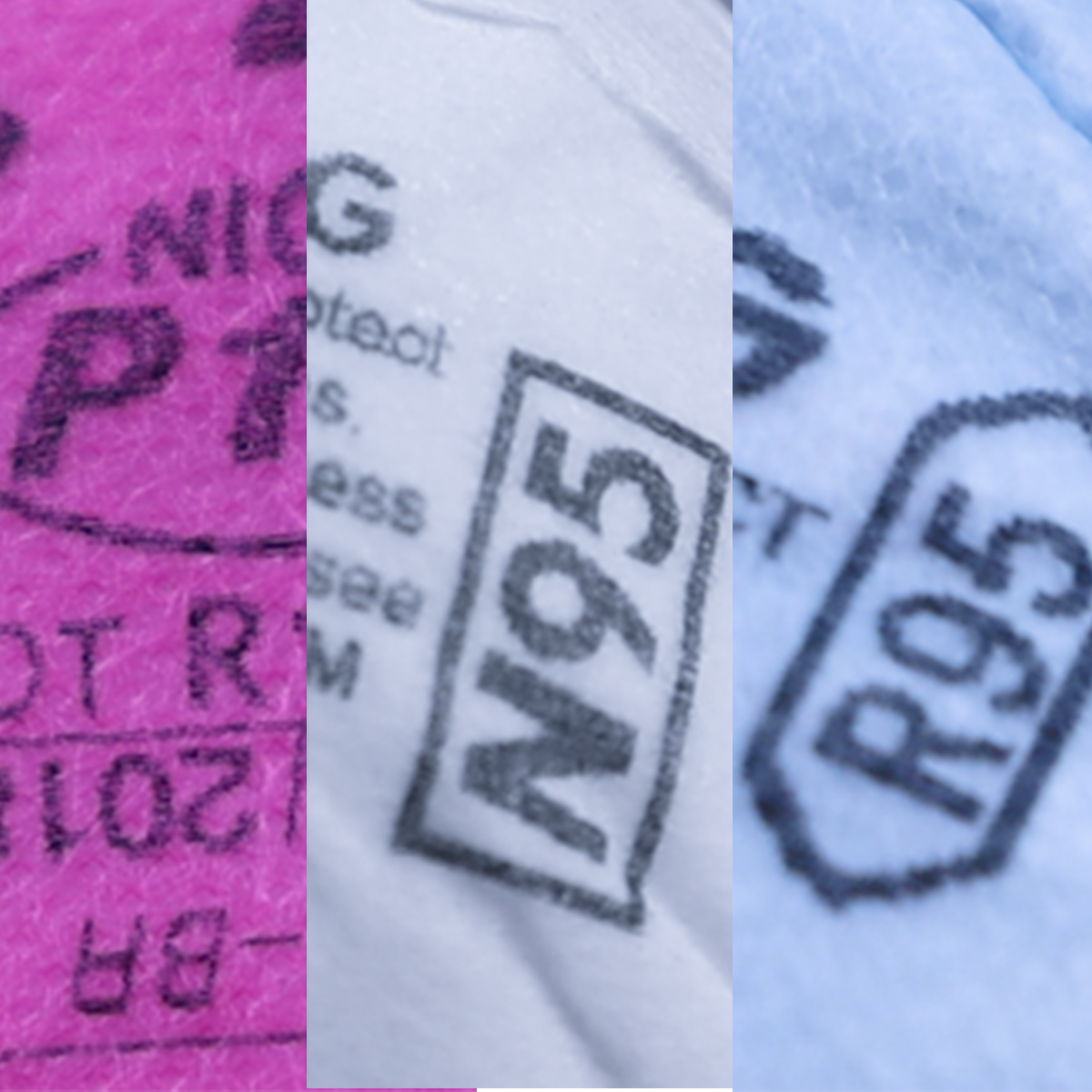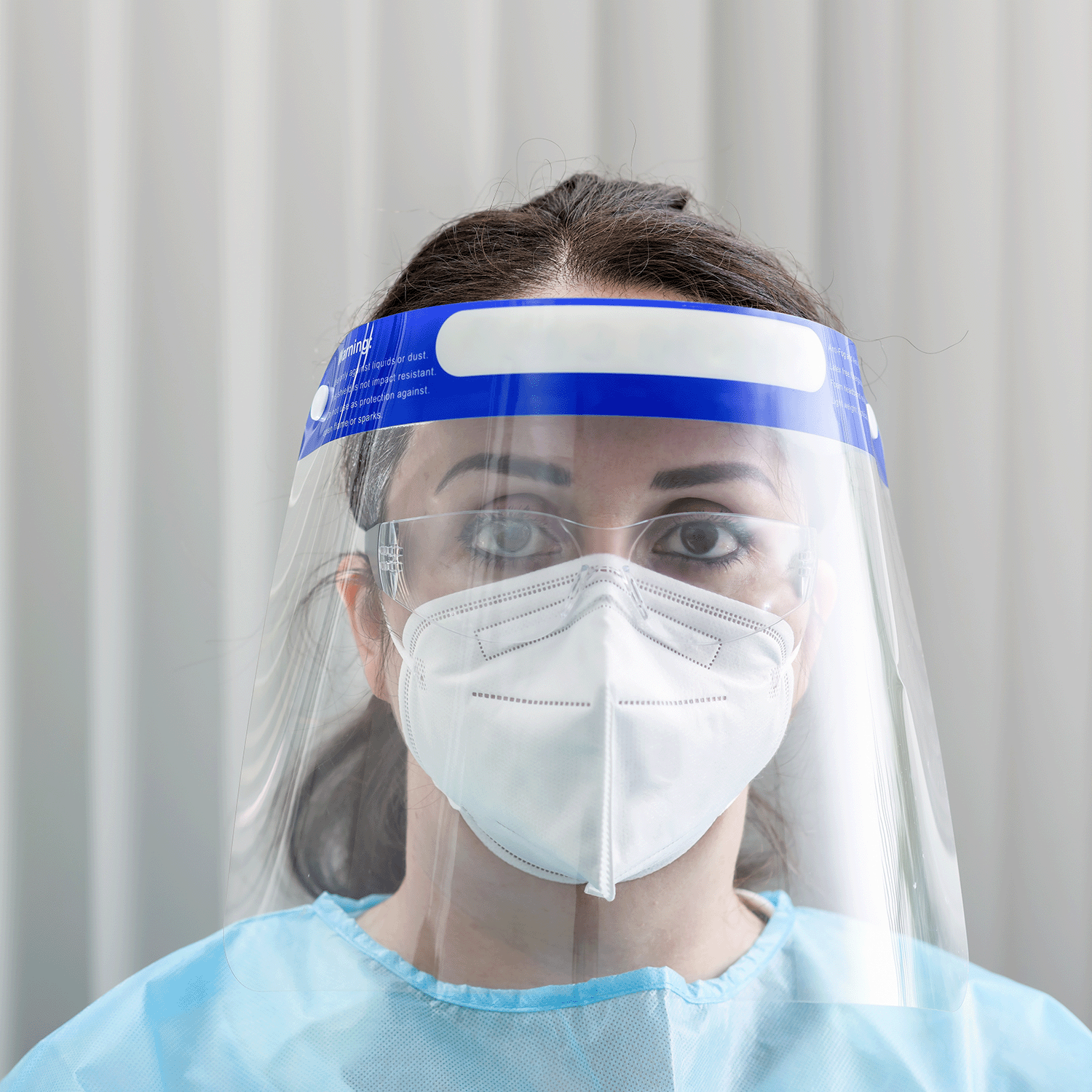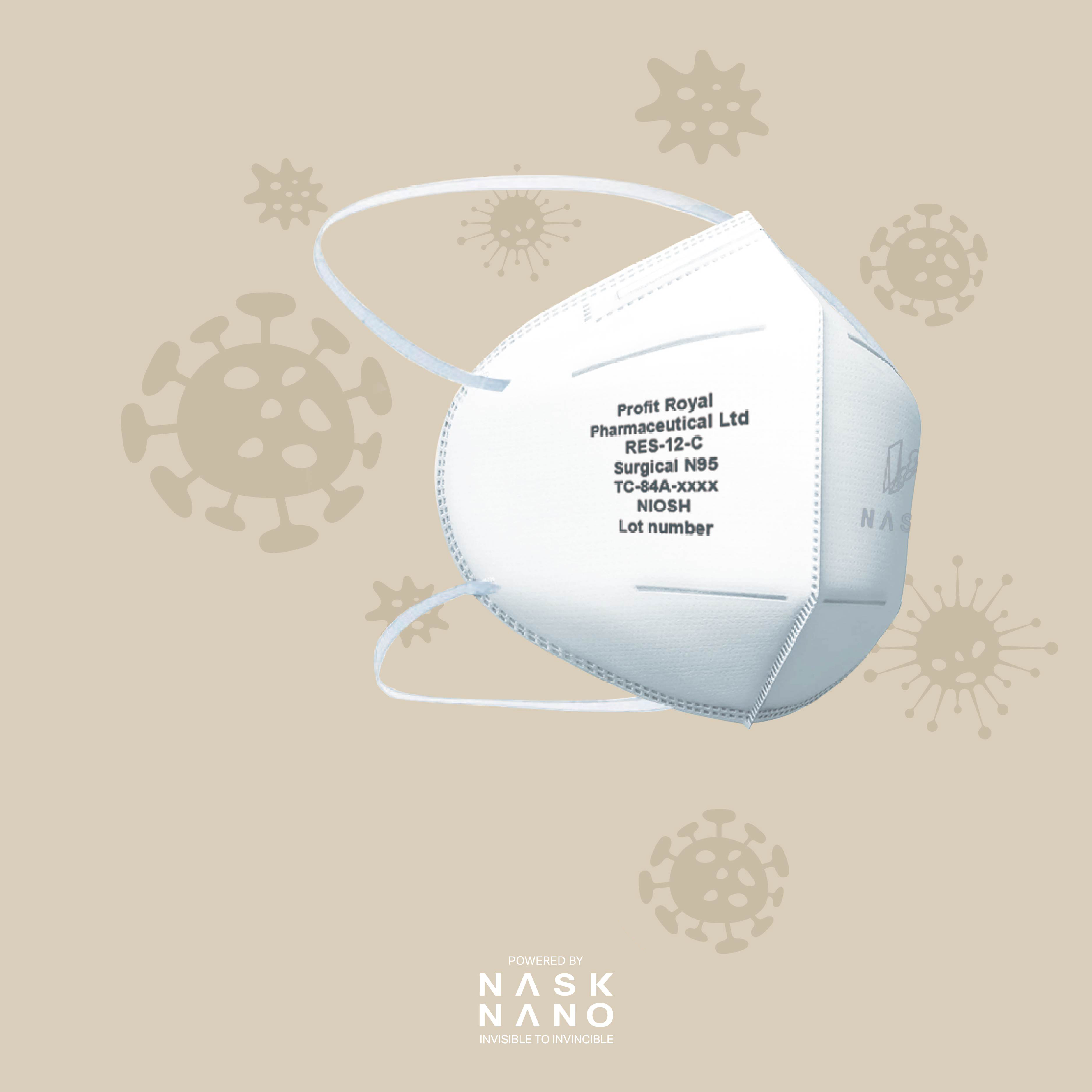
Comparison of Various Types of Respirators: N/R/P & 95/99/100
How to Choose Respirators? This Article will Help You Understand the Differences
Due to the pandemic, general surgical masks and N95 respirators have become hot sellers, with demand exceeding supply. N95 respirators become popular because of the tight fit and high filtration efficiency. But in fact, N series respirators also include N99 and N100 . What's the difference among them? How should different people choose? This article explains in detail the characteristics and differences of various types of respirators.
Name Definition
Rating N , R , P according to oily particle filtration efficiency from low to high
N - Not resistant to oil
N-series respirators are not oil-resistant and cannot be used in environments containing oily molecules. They are suitable for isolating dust or droplets containing bacteria and viruses. N-series is the most widely used category on the market.
R - Resistant to oil
R-series respirators are oil-resistant, but only effective for 8 hours. And as time goes by, the breathing resistance will become larger and larger, so it is rare on the market.
P – Oil Proof.
P-series respirators are oil-proof and can completely block oily and non-oily particles. The validity period depends on the manufacturer's design, ranging from 40 hours to 30 days. Exclusively used in special occupations or when handling hazardous materials.
Rating 95 , 99 , 100 based on filtration percentage
Level 95 can filter 95% of particulate matter, level 99 can filter 99% of particulate matter, and level 100 can filter 99.97% of particulate matter.
Therefore, it can be seen that N99 and N100 have higher filtration efficiency, but with higher breathing resistance.
Applicable scenarios
N95 are able to meet the requirements of daily life, dusty operations, or medical industry. Only when the concentration of harmful substances in the air is very high, N99 or even N100 will be needed.
Disadvantages
Traditional N-series respirators add multiple layers to ensure filtration efficiency. After using for a long time, the breathing resistance of respirators will become larger and larger, causing the user to have difficulty breathing or become hypoxic coma. Moreover, the inside of the respirator is filled with exhaled hot air, which is unbearably hot and smelly.
NASK successfully solved this pain point with patented nanofiber technology. The nanofiber coating is very fine and light. Nanofibers can actively kill bacteria and viruses without blocking gaps. It maintains breathability while ensuring filtration efficiency, so you won't feel stuffy or smelly after long-time usage. NASK nanofiber N95 respirator and NASK nanofiber N99 respirator have passed NIOSH certification and are deeply trusted by front-line medical staff. You can buy with confidence!







Leave a comment
This site is protected by hCaptcha and the hCaptcha Privacy Policy and Terms of Service apply.